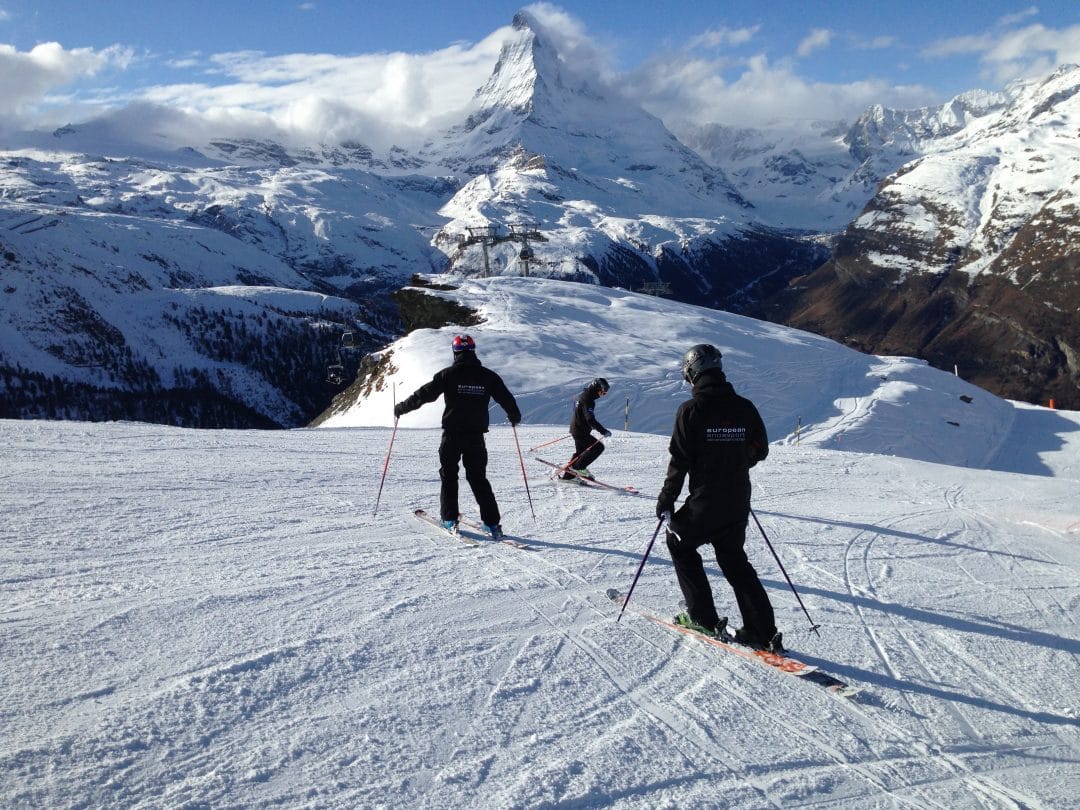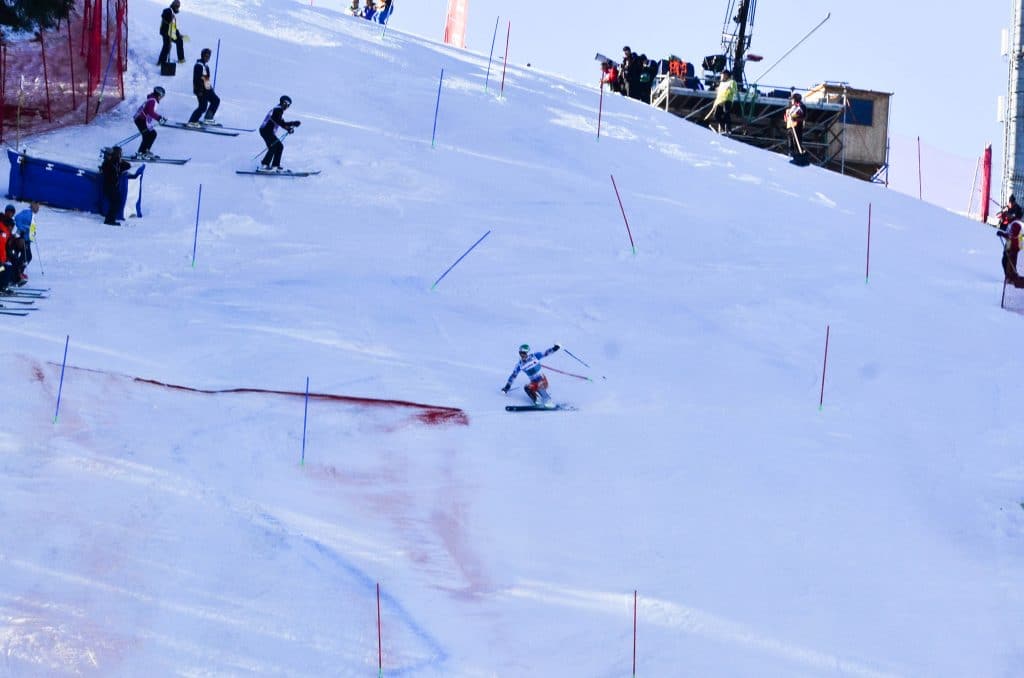
Verbier’s famous Swedish Instructor Jonas Sundstedt, director of the Alps‘ only Swedish Ski School ESSE Verbier, once said, “the best skier is the one who has the most fun” – what more do we need?
It might do many instructors some good to remember this quote, however a more technical analysis should probably be attempted; this is our aim.
Skiing is a very individual thing; one style of skiing should not be everyone’s goal. There might be a collection of techniques, elements and combinations of movements that is ideal but applied by different skiers in many ways. How would we describe this lose collection? Or is there one word that describes them all which might be the answer to our question: what is good skiing?

Imagine two grandmas skiing together to a family lunch on the mountain. One arrives hot, out of breath and tired, whilst the other is fine. Assuming they have skied the same runs at more or less the same speed, intensity and rhythm, which is the better skier? Obviously we could say that the granny who has used less energy is the more efficient granny. Now imagine a racer skiing as fast as she can through a giant slalom course; the faster she goes, the greater the forces her body has to deal with. The faster she goes, the more her strength is used to counter and resist those forces, and to generate agile movements.
The racer looks for a technique that can let her apply her strength with the greatest effect. Or to put it another way, to deal with greater forces more effectively than her competitors. Here, the granny’s and the racer’s technical approaches meet and share a common goal: efficiency. One is looking for a technique to maximise and conserve the effect of her strength whilst the other is looking for a technique that will allow her to apply her physical strength with as much effect as possible. Both have different applications but many of the movements and rules they both follow are strikingly similar.
With efficiency as our starting point, it is relatively easy to define what we should be aiming for when looking at our own skiing. Let’s break down skiing into some chunks, or skills. First, we know we have to turn our skis. We could swivel our whole body about with the skis, but it’s tiring and inefficient. Better, let’s turn the legs only, or at least as much as possible to achieve the desired turn. Already one is more efficient than the other – swivelling the legs beats swivelling the body.
To ski efficiently, we need to turn the legs – not the whole body.
So, how to swivel the legs? First, try turning the legs whilst you’re leaning too far backwards or forwards. It becomes nearly impossible to turn the legs, therefore requiring greater effort. To turn them easily, you have to stand over your feet. Your hips need to be over your feet.
To turn the legs, we need to be standing over our feet.

Sounds easy, doesn’t it? Just standing over your feet like that? Not so fast! Try this – stand up, flex your ankles, then your knees and then your hips. Not all at the same time but one after the other. Looks odd, doesn’t it? Like a weird reverse pelvic thrust, or a disco dance from a time before disco. Not only weird but also all of a sudden your weight is moving forwards and backwards and you’re rocking on your feet. This makes it nearly impossible to turn the legs and not the body. This is what people generally do most of the time whilst skiing, in one combination or another. So now let’s try flexing all three joints – the ankle, the knee and the hips – at once. Harder, isn’t it? But better because you stay standing over your feet.
So let’s dilute it to this: good skiing is efficient skiing, no matter your level. To ski efficiently, you’ll want to turn your legs instead of your whole body. To do this, you’ll need to try and always hold a good posture standing over your feet – this is made a lot easier if you can flex all three of the leg joints both progressively and simultaneously as you ski.
But remember, really, the best skier is the one who has the most fun!
Written by Julian Griffiths / European Snowsport
